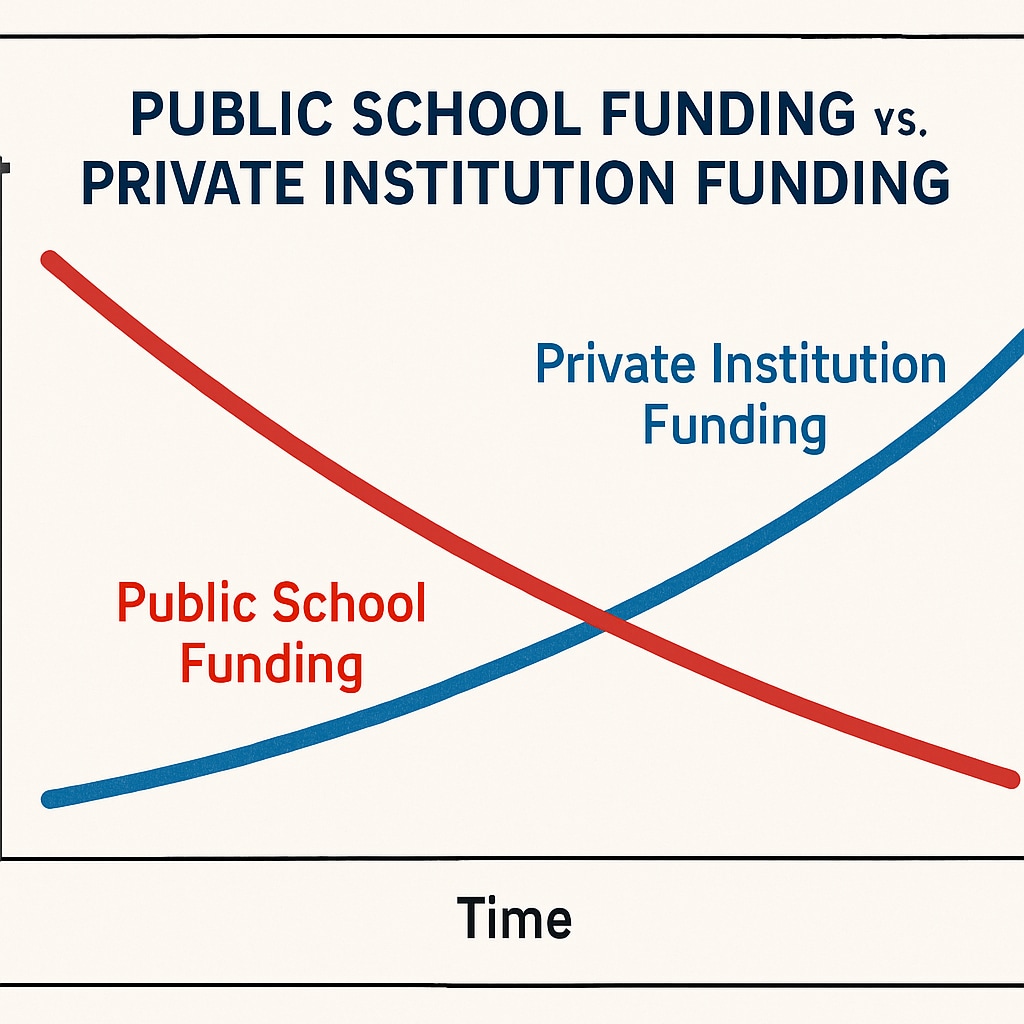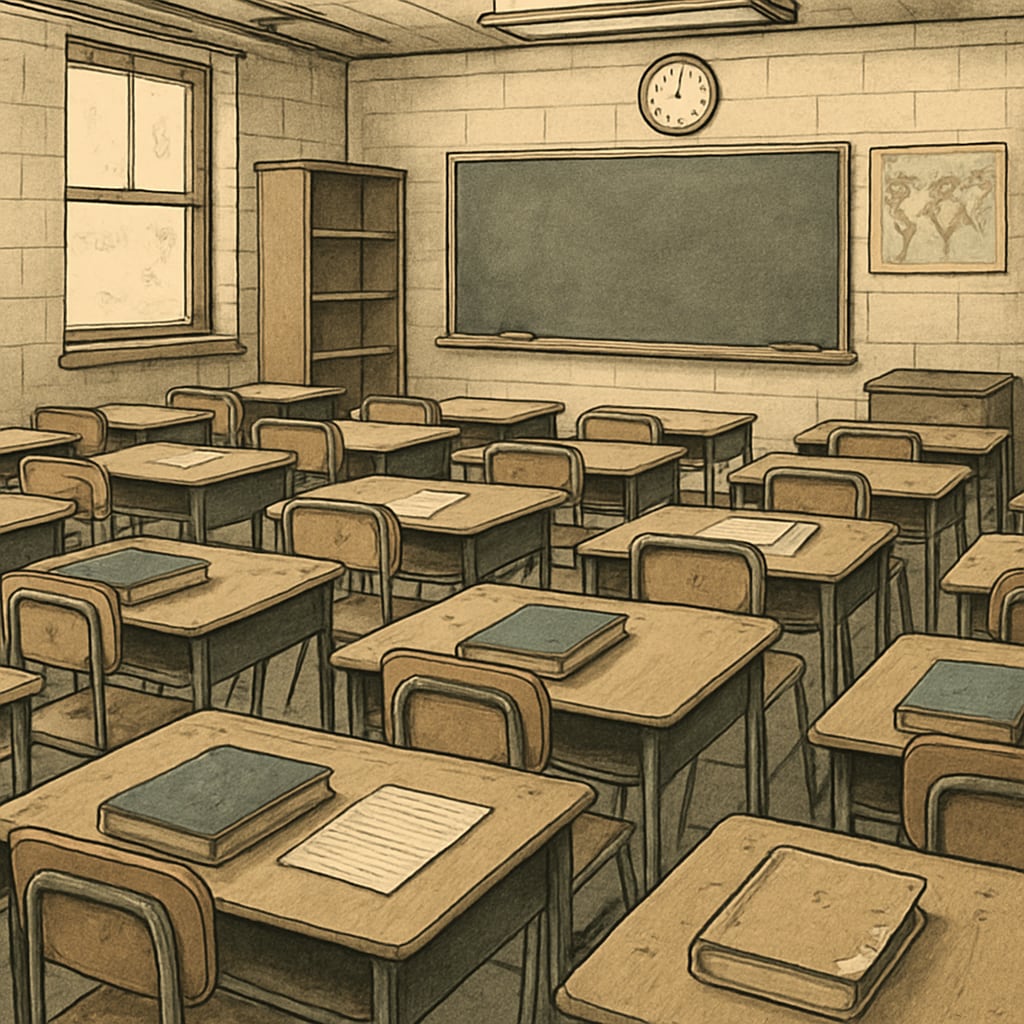Public education is the cornerstone of a thriving, equitable society. Yet, in recent years, education funding has increasingly been rerouted from public schools to private institutions under the guise of “reform.” Organizations like Stand For Children play a pivotal role in this hidden transition, championing initiatives that subtly prioritize private interests over public ones. This systemic reallocation not only results in teacher layoffs and resource shortages in public schools but also undermines the fundamental principles of accessible and equitable education for all.
The Rise of “Reform”: How Public Funding is Redirected
At first glance, organizations like Stand For Children present themselves as advocates for education reform. They claim to support measures that enhance student outcomes, but a closer look reveals a different agenda. By promoting policies such as school vouchers, charter school expansion, and performance-based funding models, these groups effectively divert public funds into private institutions.
For example, school voucher programs allow parents to use public funds to pay for private school tuition. While marketed as offering “choice,” these programs drain resources from public schools, leaving them underfunded and struggling to meet the needs of their students.

The Impact on Public Schools and Educators
The consequences of this funding shift are profound. Public schools, especially those in low-income communities, face severe budget cuts, leading to larger class sizes, outdated facilities, and insufficient teaching materials. Teachers are often the first to bear the brunt, with layoffs and stagnant wages becoming increasingly common.
According to a recent study from the Encyclopedia Britannica, public education funding in the United States has not kept pace with inflation, exacerbating disparities between wealthy and underprivileged districts. This trend not only widens the achievement gap but also perpetuates cycles of poverty, as underfunded schools struggle to provide quality education.

Why This Matters: The Long-term Implications
The privatization of education funding poses significant risks to the future of equitable education. Public schools are designed to serve all students, regardless of their socioeconomic background. When funds are diverted to private institutions, the result is a fragmented system where access to quality education depends on financial means.
Additionally, private institutions often operate without the same accountability measures as public schools. This lack of oversight raises questions about the effectiveness and fairness of these alternatives. As a result, the very purpose of public education—to level the playing field and prepare all students for civic participation—is at stake.
What Can Be Done?
To counter this trend, it is essential to advocate for policies that prioritize public education. This includes increasing transparency around education funding, ensuring that public funds are used exclusively for public schools, and holding private institutions accountable when they receive taxpayer money.
Organizations and citizens alike must work together to challenge the narrative that privatization is the solution to education challenges. By investing in public schools and supporting educators, we can ensure that every child has access to the resources they need to succeed.
Readability guidance: The article uses short paragraphs, accessible language, and transitions like “for example” and “as a result” to enhance clarity. Key points are summarized in lists or concise sections, balancing depth with readability.


